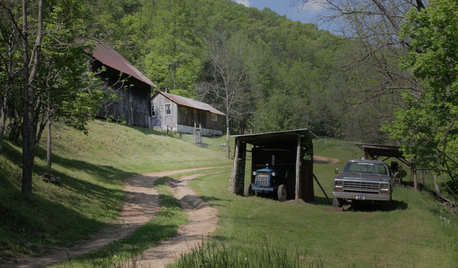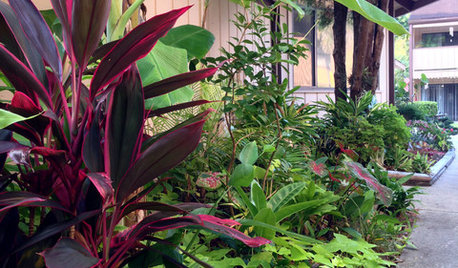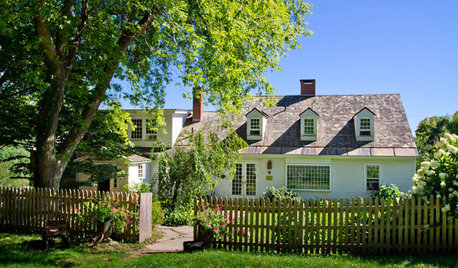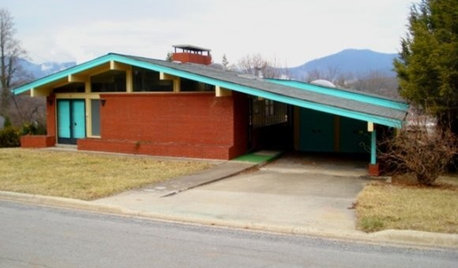"Riku, do your roses eventually go on their own roots (I'm assuming you bury the graft when you plant them)? Is the thing about needing grafted roses that you need them in the beginning until they can get big enough to handle more adverse weather?
--Ron"
Hi Ron, that other thread got a bit too psychedelic for me ... so here is my reply and cut after 7 intense years. Only thing I ask to remember is when I talk about the roses they are out of zone by at least 2 zones in most case. They should be in 5 or above. Normal people starting out should not do this type of rose gardening, nor is it recommended by me unless they are prepared to lose.
First, yes I bury all my grafts and the crowns on own root roses anywhere from 4 to 6 inches and cover in winter.
In terms of "go own roots", for out of zone roses, the ones that prosper do develop own roots but I can not say they have discarded the rootstock. At the same time the density and size of the own roots appear rarely to exceed the original rootstock "2 year old roots at planting" after 5 to 7 years. I get this "data" from observing the ones I have shovel pruned that were still healthy - just did not like them. One exception was a monster alba I removed about 4 years ago that had only two growing seasons - grafted roots where very long.
My issue is with the ones that are grafted, on multi flora and out of zone that pass on - and there been quite a few over the years that had anywhere from 1 to 7 winters on them (Midas Touch going this spring after 7 winters was a shock).
When I remove them and look at the root system they look like the roots have not grown an inch over the years nor have they got any "denser", just look like the day they were planted to me - 90% plus are multi-flora. Death also occurs for Dr. Huey grafted ones. The Laxa rootstock experiment has had one winter ... way too early, but I can't find a dead one in the 25 or so I planted last year.
Even a rudimentary pH meter gives me what I call an alkaline soil 7.4 to 7.6, though years of peat moss is knocking areas down. Also this winter was hard on rose/cane survival whether in, or out of zone roses, even with covering for the latter - though it favors the Laxa grafted test - compared to other winters . Give you an idea of winter results had complete die down and death on some hybrid "Canadian roses" and rugosas that are not protected. My my Captain Sammuel Holland reverted back to form after 3 good winters and lost all it's canes. Even my only stalwart Gallica "Alika" lost 90% of it's canes - never had this kind of die down with it in 4 winters.
Under the out of zone own roots survival question, I would estimate 90% have died after 2 winters. This is pitiful performance relative to out of zone grafted roses. Illustrative "anecdotal" data is presented in the following form to illustrate the numerous others that passed on. In one case, a statistically significant exception, meaning as far as I am concerned it is not a fluke - an Austin - has prospered with 100% survival for the 3 locations. Whereas two other own root examples started out with 10 of each with only one example out of each batch surviving - definitely a fluke to me with 10% survival.
The own root Gertrude Jekyll's is the absolute phenomenon to me. There are three different plantings in three different locations - south and north gardens - full sun partial shade - April to September sun only etc. - nearly every common variable. No problems, prospers to the point I had to cull them last year in two of the locations.
I do not purchase out of zone own root as rule anymore, unless I absolutely have to have the rose - stop about 3 years ago.
And one disjointed, but relevant observation about this winter and survival rates and post spring melt soil residual moisture content left. Anne proposed something away back that makes me wonder if her moisture content in the fall theory has more substance. The high death rate this winter is also coincidental with me observing with some shock my soil was bone dry this spring - most of the time at surface or no more than an inch or two down where I was doing the spring plant for areas where replacement was required ... and I do mean powder dry. This dryness is in part caused by the peat moss rarely allowing penetration of spring melt into the soil and so I believe I now have a double edge sword I need to work - which means thorough watering as the old timers say up here,in the fall, and I something never do as I am usually had it with gardening by October and just want the protection on.
For me I will still plant grafted MF as it is easily available. My main vendor gives a quality product. Fortunately I also have a trustworthy Laxa grafted source for OGRs, but transportation is a killer cost.

















lemecdutex
melissa_thefarm
Related Discussions
Grafted vs Own Root - lesson learned years later
Q
Grafted vs Own Root after winter
Q
Own Root? Grafted? Not Grafted? Root Stock? Now W
Q
Own root vs grafted
Q
mad_gallica (z5 Eastern NY)
rikuOriginal Author
rikuOriginal Author
lemecdutex
melissa_thefarm
rikuOriginal Author
mad_gallica (z5 Eastern NY)
melissa_thefarm
lemecdutex
zack_lau z6 CT ARS Consulting Rosarian
rikuOriginal Author
taoseeker
kaylah
taoseeker
rikuOriginal Author
rikuOriginal Author
taoseeker
mad_gallica (z5 Eastern NY)
anntn6b
mad_gallica (z5 Eastern NY)
taoseeker
oldroser